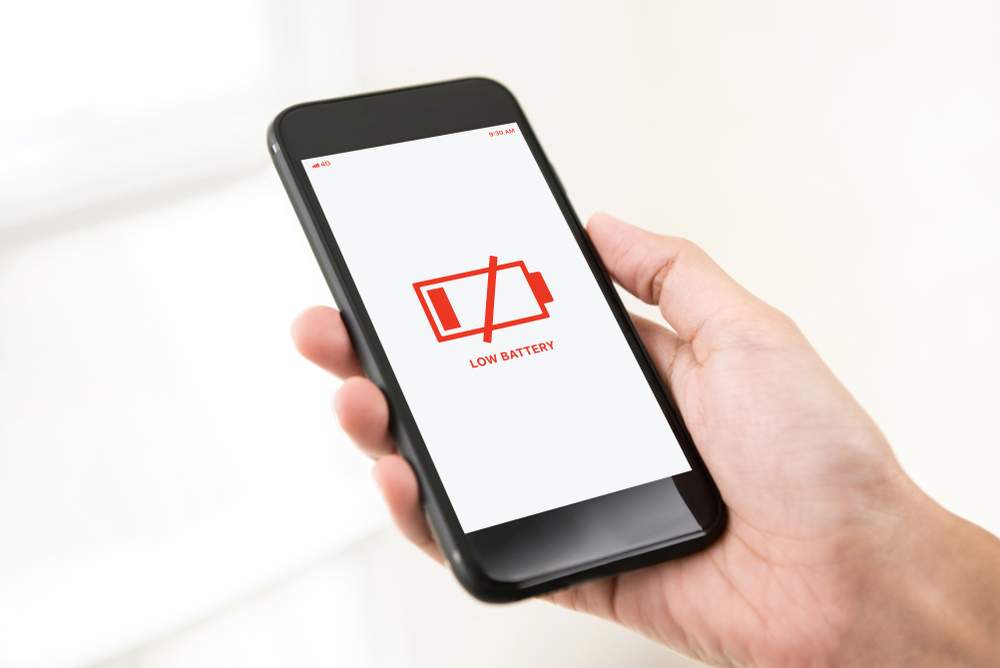Our smartphones are essential companions, helping us stay connected, informed, and entertained. However, the more we rely on them, the more wear and tear their batteries experience. With an increasing number of applications and features consuming power, it’s no wonder that extending the life of a smartphone battery has become a top priority for users. This article provides a comprehensive guide on how to prolong the battery life of your smartphone, ensuring your device remains operational and efficient longer.
Understand Your Battery
To effectively extend the life of your smartphone battery, it’s crucial to understand its nature. Most modern smartphones use lithium-ion batteries, which degrade over time and use. Recognizing that these batteries have limited charge cycles (typically 300 to 500 cycles before significant capacity loss) can help you adopt better charging habits.
Optimal Charging Practices
Improper charging habits are a primary culprit behind battery degradation. Here are some practices to consider:
- Avoid Full Discharges: Lithium-ion batteries do not need to be fully discharged regularly. Ideally, aim to keep your battery between 20% and 80% to prolong its lifespan.
- Frequent, Short Charging Sessions: Instead of waiting for the battery to deplete completely, opt for short and frequent charging sessions. This reduces stress on the battery and helps maintain its health over time.
- Avoid Overnight Charging: Charging overnight can keep the battery at 100% for extended periods. Today’s smart chargers and built-in protection systems mitigate some risks, but it’s still a good practice to unplug your phone when it’s fully charged.
- Use Original Chargers: It’s tempting to use cheaper alternatives, but using original or certified chargers ensures voltage and current are optimized for your device, protecting your battery from potential harm.
- Enable Features Like ‘Optimized Battery Charging’: Some smartphones offer features that adjust the charging pace to reduce wear. Enable these when available.
Screen Time Management
The display is a major battery drain. Reducing its consumption can lead to noticeable improvements in battery life.
- Reduce Screen Brightness: Keeping your screen at maximum brightness consumes significant power. Lower brightness and activate adaptive brightness to save energy.
- Decrease Screen Timeout: Adjust the screen timeout duration so that the display turns off quickly when not in use.
- Dark Mode: Many modern smartphones offer a dark mode, which can save battery, especially on OLED displays, by reducing power needed for bright screens.
App Management and Usage
Applications, especially those running in the background, are another significant power drain.
- Uninstall or Disable Unnecessary Apps: Frequent reviews of your installed applications can help identify and remove those you no longer need, conserving resources and power.
- Limit Background Activity: For apps that you use less frequently, restrict their ability to run in the background. This can typically be managed in your phone’s settings under battery or app settings.
- Update Apps Regularly: Developers often release updates to optimize apps for performance and battery efficiency, so keeping apps up-to-date is beneficial.
- Use Power Saving Mode: Most smartphones offer a power-saving mode that reduces performance and limits background processes to extend battery life.
Network and Connectivity Settings
Connectivity features such as Wi-Fi, Bluetooth, and mobile data are constant battery consumers when left running unnecessarily.
- Disable Connectivity Options When Not Needed: Turn off Bluetooth, Wi-Fi, GPS, and mobile data when they are not in use. Doing so prevents your phone from constantly searching for signals, which drains the battery.
- Use Wi-Fi Over Mobile Data: When available, using Wi-Fi typically consumes less power compared to cellular data.
- Monitor Signal Strength: In areas with weak signal strength, your smartphone works harder to find a signal, draining more power. In such scenarios, consider using airplane mode to conserve battery.
Environmental Considerations
Where you use and store your phone can also impact battery health.
- Temperature Awareness: Lithium-ion batteries perform optimally at moderate temperatures. Avoid exposing your phone to extreme heat or cold. High temperatures can cause battery life to deplete faster, while cold conditions may lower its efficiency temporarily.
- Ventilation: When charging your phone, ensure it’s in a breathable environment. Avoid charging it under pillows or covers, which can cause overheating.
The Role of Battery Health Features
Some smartphones offer insights into battery health, noting its current state and providing personalized recommendations. Utilize these features to adjust your usage habits. For example, they may suggest when to replace your battery or optimize battery settings based on usage patterns.
A smartphone is an investment in connectivity, productivity, and convenience. Treating your smartphone battery with care not only extends the life of your device but ensures reliable performance when you need it most. By adopting the strategies outlined above, you can significantly extend your smartphone battery’s lifespan while maintaining optimal device functionality.
Remember that while technology changes rapidly, the fundamental principles of battery care remain mostly consistent. Stay informed about new updates and features that manufacturers introduce, as these often aim to enhance battery conservation and device longevity. By integrating these practices into your daily phone usage, you will not only maximize battery life but also enjoy a more efficient and responsive smartphone experience in the long run.



